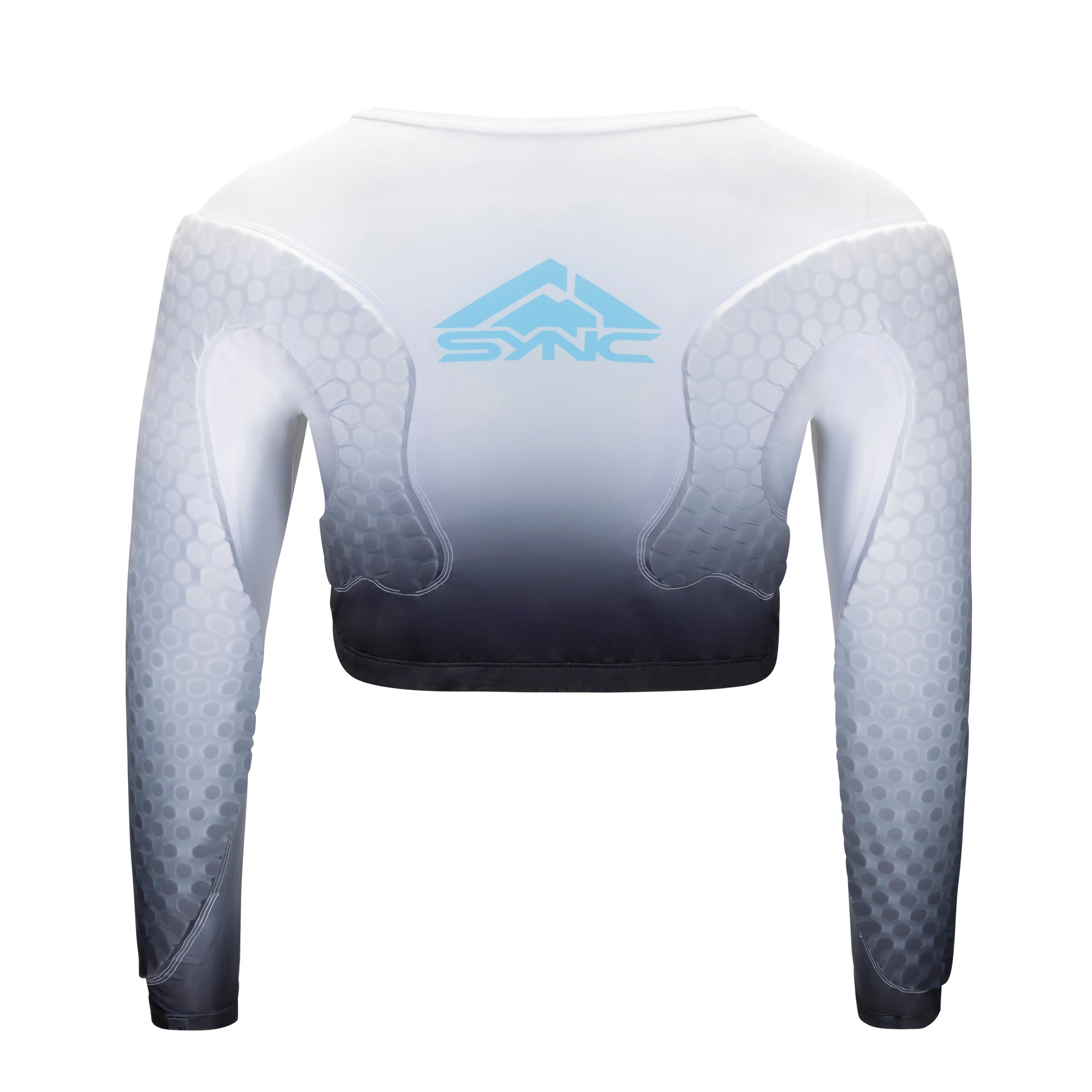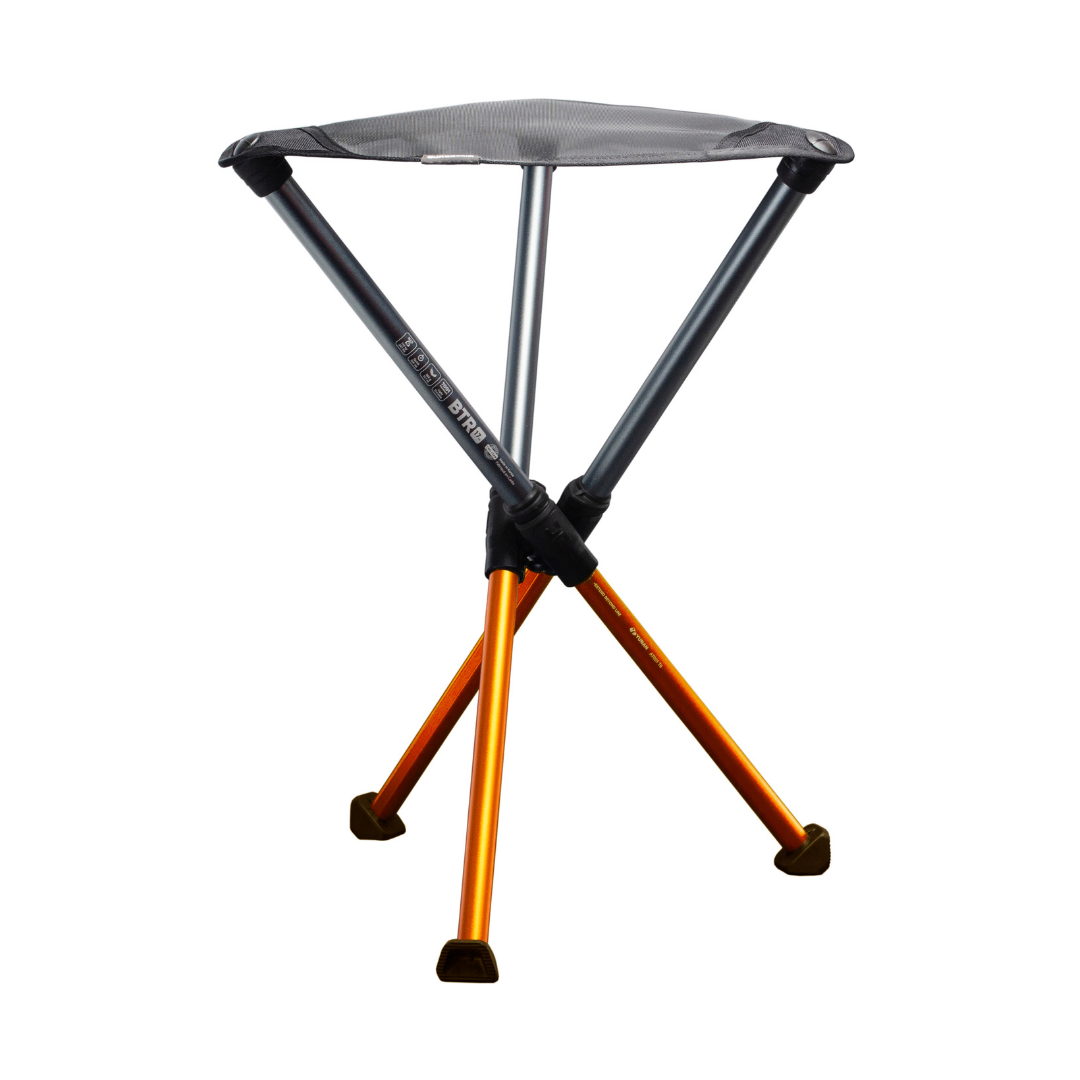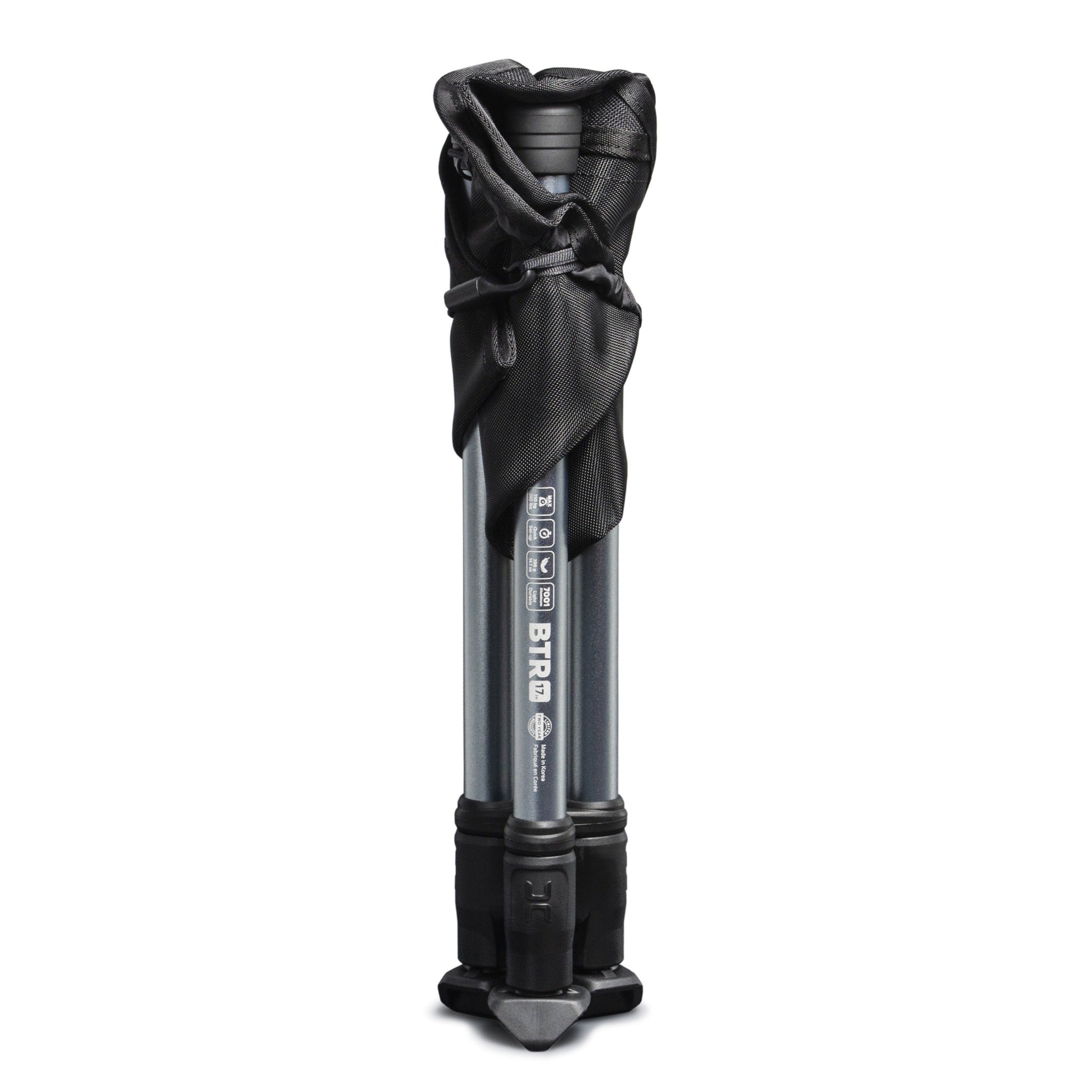Photo By Matt Power
Whether this season is you or your athletes first time making a trip for early season training, tips for making it a successful one can be impactful.
So we asked SYNC Team Athletes if they have any tips for surviving the sometimes grueling days and weeks of early season training. Here is what they had to say.

Tip #1: Get Lots of Sleep
Getting plenty of sleep is crucial for optimal performance and maintaining good health. Without an adequate amount of sleep, you may begin to feel fatigued, negatively impacting both the quality of your training and your mental well-being. It's essential to go to bed early, especially if you have an early morning training session or struggle with falling asleep.
Prioritizing early bedtime also requires effective time management, especially when juggling other commitments such as school or ski tuning. Efficiently manage your time to ensure you allocate sufficient hours for rest. Additionally, when traveling to locations with higher altitudes than you are accustomed to, be aware that it can affect your sleep patterns and increase fatigue. If possible, incorporate a daily nap into your routine to help maintain optimal levels of rest and performance.

Tip #2: Stay Hydrated
Maintaining proper hydration both on and off the hill is essential for sustaining a healthy and high-performing body. Even if you're not visibly sweating during training, your body is continually losing water. Consuming water or beverages with electrolytes is crucial to prevent dehydration.
When engaging in early season training at higher altitudes, staying hydrated becomes even more vital. At elevated altitudes, the body experiences an increased rate of water loss compared to lower elevations. Therefore, it's important to have water readily available during your training sessions to ensure adequate hydration.

Tip #3: Warm up and Recovery
Before hitting the hill or tackling the gates, make sure to properly warm up your muscles. Engaging in a dynamic warm-up routine will effectively prepare the specific muscles needed for optimal performance in the course. Skipping a proper warm-up not only prolongs the time it takes to reach your desired performance level but also heightens the risk of injury.
After your time on the hill, incorporate a recovery walk or, if possible, a spin on a bike. Additionally, prioritize stretching and light workouts that won't exacerbate fatigue or soreness. This post-activity routine is crucial for supporting muscle recovery and overall physical well-being.

Tip #4: Prepare your skis
To ensure the success of your early season training, it's crucial to tune and wax your skis daily after each use. Just as you prioritize self-care, your skis require the same attention. Understanding the conditions you'll be skiing in is equally important. If you're on injected snow (snow sprayed with water to create an icy surface), maintaining sharp edges on your skis is essential. Consider bringing a file and guide to the hill to sustain the sharpness after a few runs.
On days when you encounter grippy snow that doesn't necessitate a sharp edge, bring a gummy stone to the mountain to slightly dull your skis. Dry and grippy conditions can be harsh on your ski bases, emphasizing the importance of daily waxing. Check the outside temperature the night before and wax your skis accordingly to prevent base burn. Consistent care for your skis is key to maximizing their performance and longevity.

Tip #5: Quality over Quantity
When it comes to early season training, striking a balance between the quantity and quality of runs can be challenging. Given that this period is crucial for elevating your skiing skills before races commence, prioritizing the quality of your runs over their quantity can be beneficial. The optimal number of runs varies based on personal preference, and paying attention to how your body and mind feel is essential.
In instances of fatigue, as few as three focused runs can still positively impact your skiing. Conversely, if you're feeling good, aiming for five or six runs can be an ideal goal. However, if you accomplish and continue to incorporate the tips listed above, taking more than five or six runs is more than possible. The key aspect of emphasizing quality over quantity is maintaining focus. A smaller number of runs allows for sustained concentration, mirroring the preparation needed for racing where you typically get one or two runs.
We acknowledge that not all of these tips may be universally effective, as every athlete is unique. Our intention is that these tips can offer a positive impact on athletes during their early season training, recognizing the individual variations in preferences and needs.





































